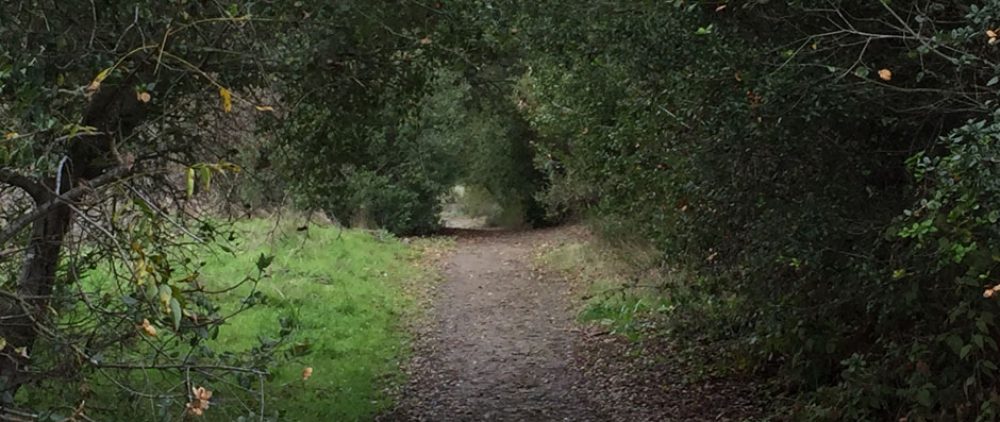Before the industrial revolution, humans did not pollute the atmosphere, right? That is what most scientists thought until a study of greenhouse gasses trapped in ice revealed that human activity has generated significant traces of methane dating back at least 2000 years.
In “Classical Gas,” an article in the Feb., 2013 issue of Smithsonian, Joseph Stromberg reports that a team of 15 scientists took samples from Greenland’s mile and a half thick sheet of ice, which dates back 115,000 years. The researchers looked at the concentration of methane in microscopic air bubbles in the ice. They expected to find that historical methane traces increased during warm-weather periods. Instead they found that it varied with human activity, most notably, large-scale agriculture and metallurgy. Methane began to spike around 100 B.C. At this period, the Romans kept large numbers of methane-producing cows, sheep, and goats.

Orpheus surrounded by animals. Ancient Roman floor mosaic. Photo by Giovanni Dall’Orto. CC-by-SA
At the same time, the Han dynasty in China increased its rice production, which is associated with methane-producing bacteria. Both empires burned large amounts of wood to produce metal for weapons.

Roman relief of blacksmith. Photo by Wolfgang Sauber. CC-by-SA-3.0
Results of the Greenland ice study showed that between 100 B.C. and 1600 A.D., world methane production rose by 31 million tons per year – which sounds like a lot until you realize that US methane production alone is 36 million tons per year, and that isn’t the only greenhouse gas. The discovery that humans have had a measurable impact on the atmosphere for 2000 years does not mean ancient cultures affected climate the way we do. It does mean researchers have to redefine baseline levels of methane – what we define as “natural.”
We tend to project a certain environmental wisdom onto older cultures, assuming they were better stewards of nature than we are in our mechanized world. Yet I know of at least two other cultures, whose worldview included a reverence for nature, that got into trouble when populations grew too large for a given territory. Ironically we may have a better chance, using the lens of science, of recognizing and correcting our impact on the environment than people who viewed aspects of nature as divine.
Some bloggers might be tempted to end this post with a fart joke, but that would be immature.


Glad you resisted the fart joke…
Seriously, really interesting observations, and great title for the original paper!
LikeLike
Yes. I’ve really come to enjoy reading the Smithsonian magazine.
LikeLike
Absolutely fascinating. And thanks for the laugh. My grandson will love the picture.
LikeLike
I felt like a kid when I spotted it…
LikeLike